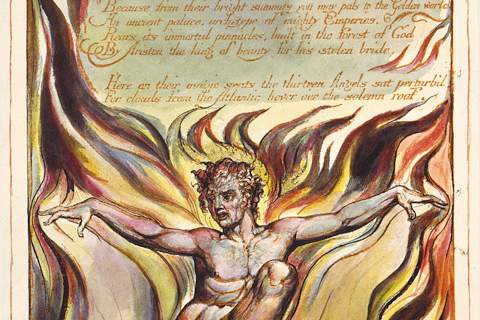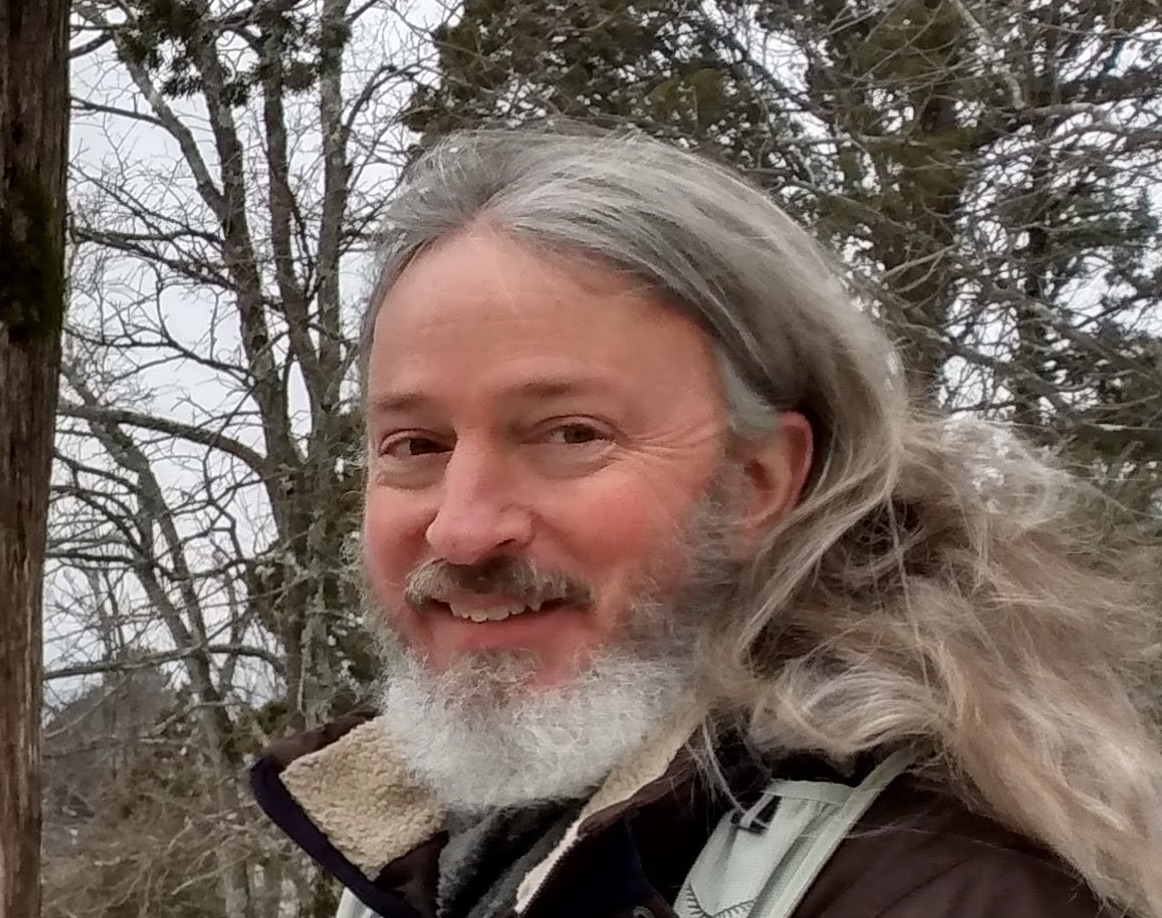The MA and PhD specializations in British Romanticism offer students the opportunity to focus intensively on one of the most turbulent and productive periods in British literary history.
The half-century around the French Revolution (1780-1830) saw an astonishing rise in political radicalism followed by a sweeping wave of political and cultural reaction. Both movements were fueled by a massive expansion of print culture and an increasing variety of exhibitions, entertainments, and other cultural commodities aimed at an expanding public. This volatile climate encouraged aesthetic experimentation. Romanticism across Europe and the Americas launched many of the ideas that gave modernity its decisive shape. Literary and political responses to the French Revolution, in particular, sought to redefine fundamental categories of modern life, rethinking concepts of personhood, knowledge, rights, the imagination, the emotions, and nature, to name only a few, and endowing the category of literature itself, which acquired its specialized modern sense of “poetry, fiction, and drama” between 1780 and 1830, with unprecedented force. “Poets,” wrote Shelley in 1821, “are the unacknowledged legislators of the world.”
The Romantic period boasts not only six legendary poets—Blake, Wordsworth, Coleridge, Byron, Shelley, and Keats—but also a stellar pantheon of gifted and commercially successful women writers including Charlotte Smith, Ann Radcliffe, and Felicia Hemans, and a broad, historically unprecedented range of fiction, nonfiction, and poetry that is still being discovered by students and scholars. The field offers new opportunities for traditional literary scholarship as well as for interdisciplinary engagement with visual culture, political theory, the history of science, and the practice of creative writing, among other possibilities.
Both nationally and locally, Romanticists benefit from their proximity to scholars in the eighteenth century and the Victorian period, whose wide-ranging and often allied studies of the earlier and later decades help to maintain a scholarly niche for the intensive study of the revolutionary decades.
Faculty Overview
Noah Heringman serves (with Elizabeth Chang) as co-organizer of the Eighteenth- and Nineteenth-Century Studies reading group. His recent graduate seminars include Ballads and Revivals (2013, 2016) and The Shelleys and Their Circle (2011) as well as The History of Criticism and Theory (2012, 2014, 2016). He serves on numerous graduate committees for students in literature as well as creative writing (poetry).
Opportunities
Our program offers students of Romanticism a strong larger community of faculty and graduate students in eighteenth- and nineteenth-century British literature as well as in related fields such as art history, history, and German studies. Our students regularly take courses from Sean Franzel, Michael Yonan, and other affiliated faculty, who also participate (with their students) in the Working Group. We meet informally several times each semester, providing a forum for discussion of shared critical reading as well as student work. In addition to attending conferences, graduate students in Romanticism also have the opportunity to team-teach in their specialty with a faculty member, a model that allows much greater independence than the "teaching assistant" model while also giving students exposure to the advanced undergraduate classroom.
Facilities
Ellis Library Special Collections has fine holdings in eighteenth-century British printed materials. For example, students interested in the picturesque will find an unusually complete collection of the works of William Gilpin, in the original editions. See also the MU Library's strong list of early British periodical holdings.

